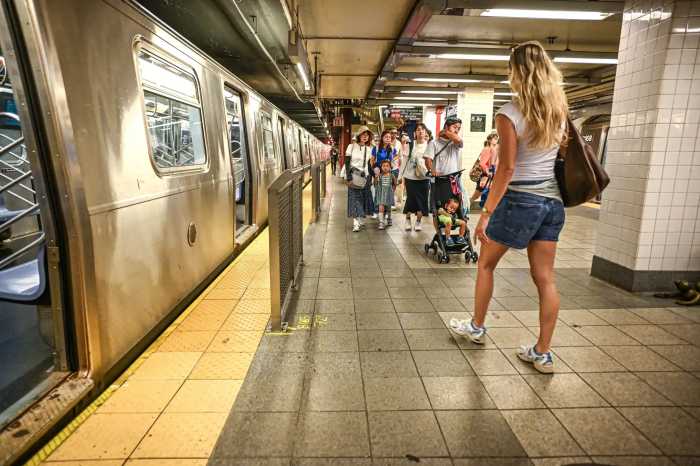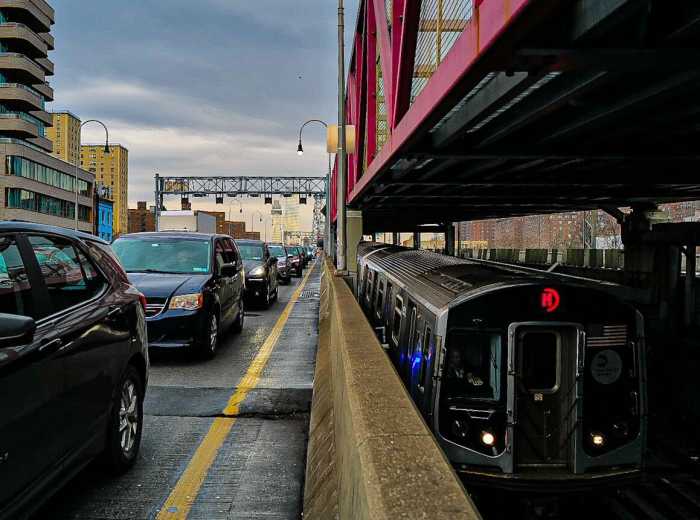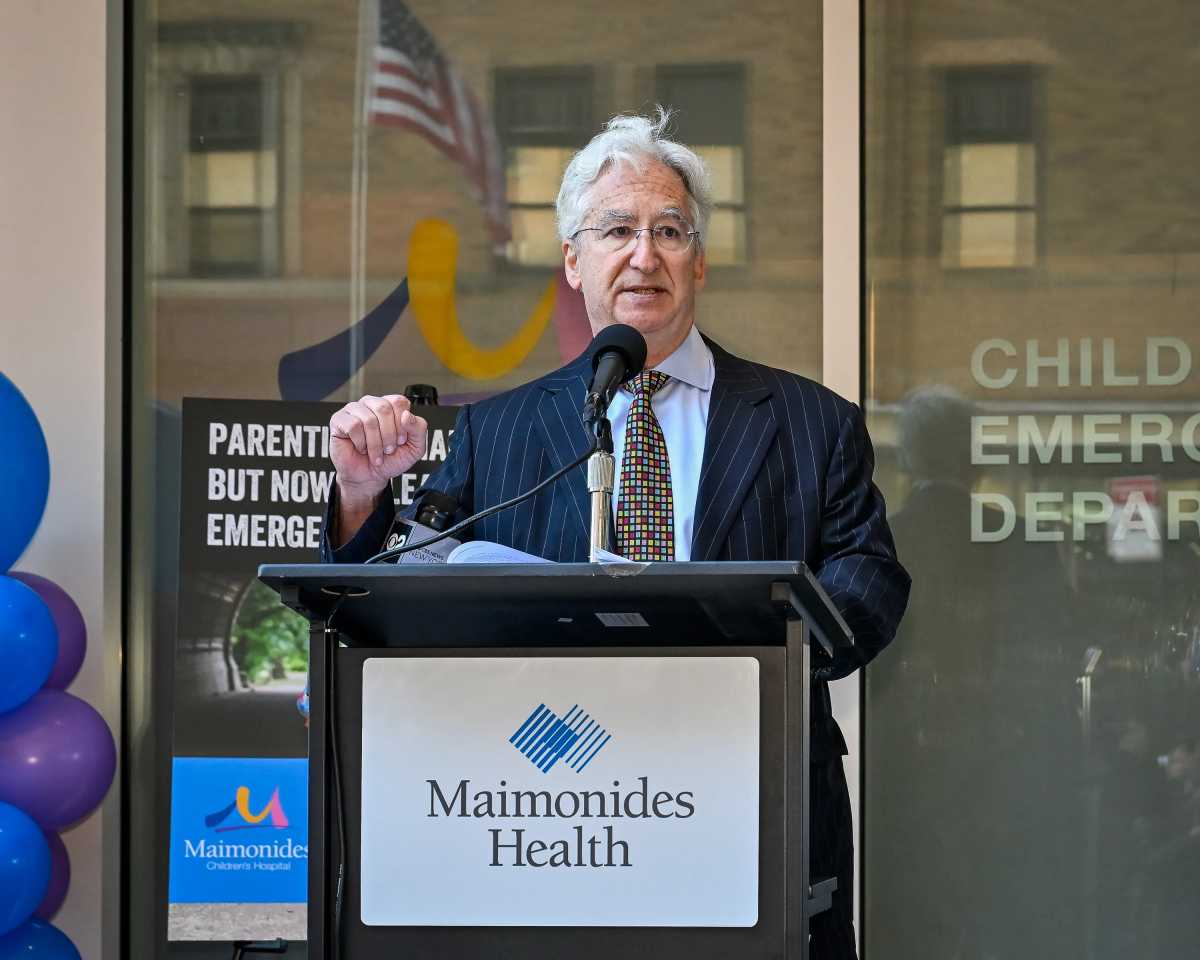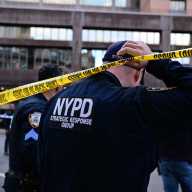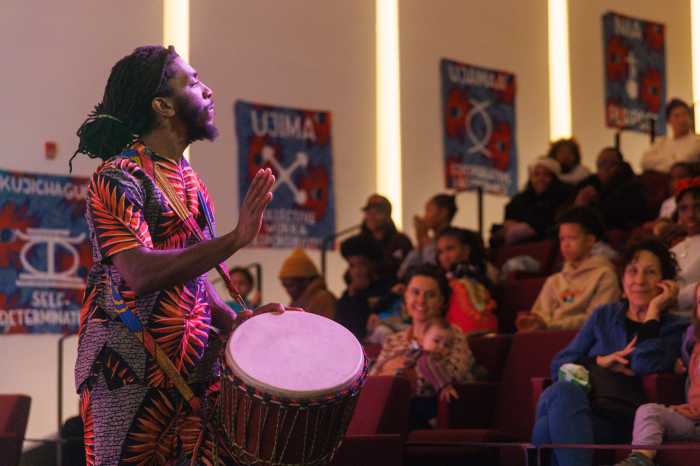After four cycling deaths in a matter of weeks, advocates are calling on the de Blasio administration to pick up the pace of installing protected bikes lanes.
The nonprofit Transportation Alternatives is leading the charge for greater urgency in the rollout of the lanes, usually separated from traffic via street parking.
“There’s a clear pattern here, which is that people are not dying on streets with modern and safe infrastructure,” said Paul Steely White, executive director of Transportation Alternatives. “Most of the deaths are happening not because of the fault of cyclists, but because of lack of safe infrastructure.”
Between June 12 and July 3, cyclists Corbin Carr, Michael Mamoukakis, Ronald James Burke and Dan Hanegby were hit and killed in crashes on city streets without protected bike lanes.
Hanegby was riding a Citi Bike at the time, marking the first death involving the bike share since it began operations in the city more than four years ago. It was just the second bike share death in the country since 2010.
Protected lanes have proven to be a blanket safety upgrade on city streets, according to a city report from 2014. The report, which looked at bike lane projects on six Manhattan avenues, highlighted a 17 percent reduction in crashes with injuries in the three years after the lanes were installed compared with the three years before them.
In total, there have been 10 cycling deaths so far in 2017, compared with 13 as of July 5 last year, according to data provided by Transportation Alternatives.
Mayor Bill de Blasio’s office deferred comment to the city’s Department of Transportation, which did not immediately respond to a request for a reply.
Generally, protected bike lanes require more space on city streets to be built and could cost more than simply painting lanes. Still, White said there’s enough clear evidence to justify aggressively pursuing improvements on more than 400 Vision Zero “priority corridors,” streets with abnormally high traffic injury and fatality rates such as Ocean Parkway in Brooklyn and Canal Street in Manhattan.
Pedestrian and bicycle deaths at roughly 4,600 city intersections that received at least one safety treatment declined by 34 percent between 2009 and 2014, according to a Manhattan Institute report published this spring.
Last year, the city built out 18 fully protected bike lane miles, after installing 12.4 miles in 2015. And, this January, the mayor announced increased spending for Vision Zero.




